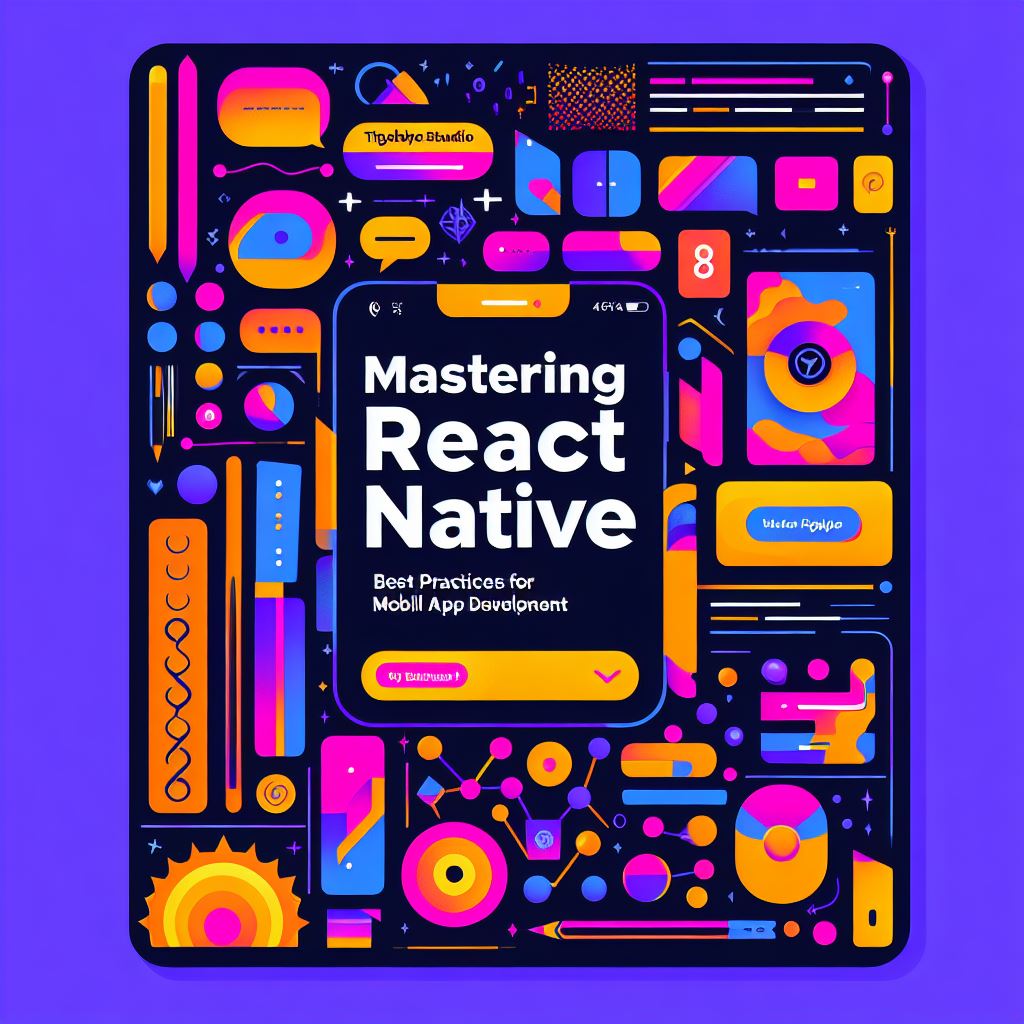In 2024, with the digital landscape constantly changing, creating a marketplace app offers a special chance to capitalize on the growing e-commerce industry. The convenience of online shopping is becoming more and more popular, and marketplace apps are now necessary tools for both buyers and sellers. This all-inclusive guide attempts to take you step-by-step through the process of creating a profitable marketplace app by fusing cutting-edge techniques with tried-and-true development concepts.
Comprehending the Marketplace Environment
Knowing what makes a marketplace app different from traditional e-commerce platforms is the first step in developing one. Marketplace apps act as middlemen by providing a venue for numerous vendors to list their goods and services, allowing consumers to peruse, evaluate, and buy them. Marketplace apps, such as Amazon, eBay, and Etsy, aggregate offerings from multiple sellers, offering a more diverse range of products at competitive pricing, in contrast to traditional e-commerce apps, which typically represent a single brand. This model fosters a competitive atmosphere for vendors as well. Developing a platform that strikes a balance between the needs of sellers and buyers while guaranteeing a smooth, effective, and pleasurable shopping experience is the challenge facing developers.This requires a deep understanding of e-commerce dynamics, user behavior, and the technical aspects of app development.
1. Research on markets and conceptualization
A strong concept is the starting point of the marketplace app development process. Choosing the niche that your app will serve is essential. Identifying your target market and market segment is crucial, regardless of the type of platform you're using—a general marketplace or a niche one for particular products or services. During this stage, conducting comprehensive market research is essential. This entails assessing current marketplace apps, figuring out what they don't have, and seeing where there might be room for differentiation. Take into account your target audience's preferences, shopping behaviors, and demographics. In addition to guiding the app's functionality and design, this research will assist in developing a distinctive value proposition that will distinguish your marketplace in a crowded online market.
2. Creating the Interface (UI) and User Experience (UX)
Making a user experience that is both engaging and intuitive is the main goal of the design phase. Users anticipate a smooth, interactive interface that makes online shopping effortless by 2024. Your marketplace app's UX/UI design should prioritize efficiency and simplicity. It is imperative to have features like simple navigation, fast search options, unambiguous product listings, and an uncomplicated checkout process. Keep in mind that users are more likely to return to your app if it is more intuitive. Making sure your app's design is responsive and offers a consistent user experience across a range of platforms and devices is also crucial. During this stage, wireframes and prototypes are frequently created so that you can see how the app will appear and work before moving into 2. Creating the Interface (UI) and User Experience (UX)
3. Selecting an Appropriate Technology Stack
Choosing the right technology stack is essential to developing a stable and expandable marketplace application. 2024 offers a wide range of options, from cross-platform solutions like React Native or Flutter to native development languages like Swift for iOS and Kotlin for Android. The choice should be based on a number of variables, such as the features that the app must have, the anticipated load, the need for scalability, and the experience of your team. Backend development is just as significant, and popular options include frameworks like Express.js and technologies like Node.js. Databases such as PostgreSQL or MongoDB can provide the scalability and flexibility required for a marketplace application when it comes to data storage. Moreover, using cloud services for data storage and hosting can offer the scalability required to manage large volumes of users and transactions.
4. Incorporating Essential Features
A marketplace app that is successful has to have a few essential features in order to guarantee both functionality and user happiness. These consist of profile management and user registration, which let sellers and buyers take control of their accounts. Listing and managing products is essential for sellers to present their goods in an efficient manner. For buyers to easily navigate the abundance of products, advanced search and filtering options are required. To ensure user data protection and enable seamless transactions, secure payment gateway implementation is essential. In the marketplace, features like reviews and ratings are crucial for fostering trust. Furthermore, adding order tracking and management improves the app's overall dependability by assisting buyers and sellers in keeping track of transactions.
5. Implementing Security Measures
It is imperative to implement strong security measures because the transactional data involved in marketplace apps is sensitive. This entails using SSL encryption to secure user data, making sure payment processing systems are dependable and secure, and following data protection laws. Frequent security audits are essential for finding and fixing vulnerabilities, stopping possible data breaches, and preserving user confidence. 2024 will see growing worries about data security and privacy, so how well your app protects user data may have a big impact on how well it does.
6. Testing and Quality Assurance
Testing is a crucial step in the creation of apps because it guarantees that the finished product is error-free and functions as intended. Functional testing to confirm that all features function as intended, performance testing to make sure the app can handle the anticipated load, security testing to look for vulnerabilities, and user acceptance testing to confirm the user experience should all be included in this phase. After the app is launched, quality assurance is a continuous process that includes routine maintenance and updates.
7. Launching and Marketing the App
Your marketplace app launch is an important milestone that needs to be carefully planned and carried out. An intelligent launch plan can have a big impact on how the app is received at first. Consider releasing a beta version before the official launch to get user feedback and make any necessary changes. The success of your app depends on how well it is marketed. A variety of tactics, such as influencer partnerships, content marketing, search engine optimization (SEO), and social media marketing, may be used to achieve this. The objective is to generate interest in your app, draw users, and encourage downloads.
8. Iterative Enhancement and Expansion
Following launch, it's critical to keep an eye on the app's functionality and solicit user input. When it comes to adding new features and making improvements, this information is priceless.
Scalability becomes important to take into account when your user base expands. Make sure your app can manage more users and transactions without experiencing any performance issues.
9. Monetization Strategies
Last but not least, think about how your marketplace app will make money. There are a number of monetization strategies available, including commission-based pricing for transactions, in-app advertising, and subscription fees for premium features. The model you select should benefit both buyers and sellers on the platform and be consistent with your overall business plan.
In 2024, creating a marketplace app will require a sophisticated fusion of user-centered design, cutting-edge technology, market research, and constant adjustment. You can develop a marketplace app that not only meets consumer needs but also provides an amazing shopping experience by following these guidelines and keeping an eye on emerging trends and user preferences. This will position you for success in the cutthroat online marketplace.
Conclusion
the journey of developing a marketplace app is an intricate and rewarding process that requires dedication, technical expertise, and a keen understanding of the market. If you're inspired to bring your marketplace app idea to life but unsure where to start, or if you need expert guidance to navigate this complex process, we are here to help. Our team of experienced developers and strategists is equipped to turn your vision into a reality. Book a consultation with us today, and let's embark on this exciting journey together to transform your innovative app idea into a successful digital marketplace. Your dream app is just a conversation away!


